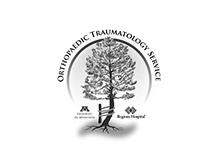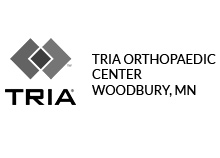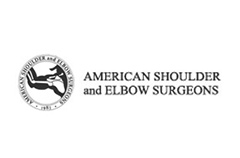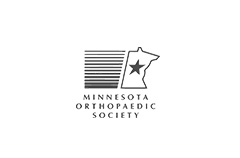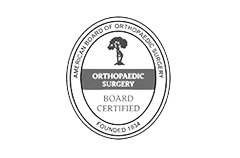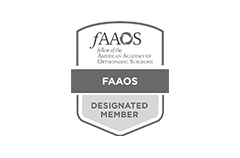Tennis Elbow
- Diagnosis
- Non-operative Options
- Operative Options
- Before Your Surgery
- After Your Surgery
- Your Rehab
What is Tennis Elbow?
Tennis elbow is the common name used for the elbow condition called lateral epicondylitis. It is an overuse injury that causes inflammation of the tendons that attach to the bony prominence on the outside of the elbow (lateral epicondyle). It is a painful condition occurring from repeated muscle contractions at the forearm that leads to inflammation and micro tears in the tendons that attach to the lateral epicondyle. The condition is more common in sports activities such as tennis, painting, hammering, typing, gardening and playing musical instruments.
Symptoms of Tennis Elbow
Patients with tennis elbow experience elbow pain or burning that gradually worsens and a weakened grip
Diagnosis of Tennis Elbow
I will evaluate tennis elbow by reviewing your medical history, performing a thorough physical examination and ordering X-rays, MRI or electromyogram (EMG) to detect any nerve compression.

I may first recommend conservative treatment options to treat your tennis elbow symptoms. These may include:
- Limit use and rest the arm from activities that worsen symptoms.
- Splints or braces may be ordered to decrease stress on the injured tissues.
- Apply ice packs on the elbow to reduce swelling.
- Avoid activities that bring on the symptoms and increase stress on the tendons.
- Anti-inflammatory medications and/or steroid injections may be ordered to treat pain and swelling.
- Physical therapy may be ordered for strengthening and stretching exercises to the forearm once your symptoms have decreased.
- Pulsed ultrasound may be utilized to increase blood flow and promote healing to the injured tendons.
Want to know more?
If conservative treatment options fail to resolve the condition and symptoms persist for 6 -12 months, I may recommend a surgical procedure to treat tennis elbow called lateral epicondyle release surgery. We will decide whether to perform your surgery in the traditional open manner (single large incision) or endoscopically (2 to 3 tiny incisions and the use of an endoscope –narrow lighted tube with a camera). We will decide which option is best for you depending on your specific circumstances.
During your procedure, soft tissues are moved aside to view the extensor tendon and its attachment on the lateral epicondyle. I may then trim or release the tendon, and then reattach it to the bone. Any scar tissue present will be removed as well as any bone spurs. After the surgery is completed, the incision(s) are closed by suturing or by tape.

Once we decide that surgery will help you, you will need to learn what to expect from the surgery and how to actively participate in the treatment plan for the best results afterward.
Preparing mentally and physically for surgery is an important step toward a successful result. Understanding the process, and your role in it, will help you recover more quickly and have fewer problems.
Before surgery, I will perform a complete physical examination to make sure you don’t have any conditions that could interfere with the surgery or the outcomes.
- Routine tests, such as blood tests and X-rays may be performed.
- Discuss any medications you are taking as you may need to stop or alter your intake before surgery. If you are taking aspirin or anti-inflammatory medications or any drugs that increase the risk of bleeding, you will need to stop taking them one week before surgery to minimize bleeding.
- We will discuss about preparing for potential blood replacement, medical interventions and other treatments prior to surgery.
- Report any infections. Surgery cannot be performed until all infections have cleared up.
- If you smoke, you should stop or cut down as smoking interferes with wound healing and can affect your recovery.
- Have someone available to take you home, as driving is not recommended for at least 24 hours or as advised.
- You may need help with everyday tasks such as cooking, shopping and laundry.
- Put items that you use often within easy reach, so you won’t have to stretch and bend as often.
- After Surgery Video
- Elbow Surgery Recovery Video
- Elbow Elevation Technique Video
You may have to wear a temporary splint immediately after surgery, to prevent arm movements. Sutures along with the splint are removed one to two weeks after the surgery.
Want to know more?
- Physical Therapy Intro Video
- Finger ROM Video
- Standard Elbow ROM Video
Following surgery, you are referred to physical therapy to improve the range of motion and strength of your joint.
Want to know more?
- Download Dr. Myeroff's Elbow Elevation Technique Information Sheet
- Download Dr. Myeroff's Standard Elbow ROM Diagram Information Sheet
- Download Dr. Myeroff's Finger ROM Diagram Information Sheet
- Download Dr Myeroff's Post-Op Protocol for Lateral Epicondylitis (Tennis Elbow)
- Download Dr Myeroff's Post-Op Protocol for Lateral Epicondylitis (Tennis Elbow) – Operative







